Hydration packs have become a go-to gear choice for outdoor enthusiasts across the U.S., popping up in everything from hiking trails to cycling routes. But what exactly are they, and which activities do they suit best? This article dives into the details—covering what a hydration pack is, how it works, and where it shines outdoors. Whether you’re new to the trails or a seasoned adventurer, you’ll find practical insights here to help you decide if it’s the right fit for your next outing.
What Is a Hydration Pack?
A hydration pack (sometimes called a hydration backpack) is a backpack with a built-in drinking system. It typically includes the pack itself, a water reservoir (or bladder), a hose, and a mouthpiece. The standout feature? It lets you sip water on the go without stopping or fumbling with a bottle—perfect for staying hydrated during outdoor adventures.
Unlike traditional water bottles, hydration packs prioritize hands-free convenience and ergonomic design. The reservoir usually holds between 1 and 3 liters (34-100 oz), and many models come with extra storage pockets for gear like snacks, jackets, or tools.

How It Works:
Fill the reservoir with water and slide it into a dedicated compartment in the pack.
A hose connects to a mouthpiece, letting you drink while moving—some feature a bite valve for easy sipping.
Straps often include clips to keep the hose in place, making hydration seamless.
Which Outdoor Activities Are Hydration Packs Best For?
Hydration packs aren’t a one-size-fits-all solution—they shine in certain scenarios more than others. Here’s a breakdown of how they stack up for popular outdoor activities:
1. Hiking
Suitability: ★★★★★
Why It Works: Hiking often means long hours on the trail, and a hydration pack ensures you can sip water without breaking stride—especially handy in remote areas or on steep climbs.
Best For: Long-distance hikes (6+ miles), high-altitude treks.
Tips: Pick a model with extra storage for food and layers.
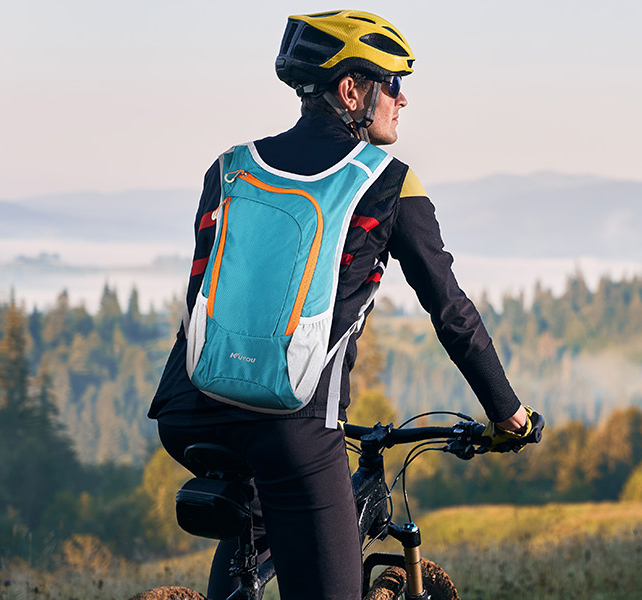
2. Trail Running
Suitability: ★★★★★
Why It Works: Trail running demands speed and stamina, and a lightweight hydration pack delivers water fast without slowing you down.
Best For: Marathon training, rugged trail races.
Tips: Go for a snug fit with minimal bounce.
3. Cycling
Suitability: ★★★★☆
Why It Works: Reaching for a bottle mid-ride can be risky—a hydration pack’s hose lets you drink safely, especially on long rides.
Best For: Mountain biking (MTB), cross-country cycling.
Tips: Choose a streamlined design to cut wind resistance.
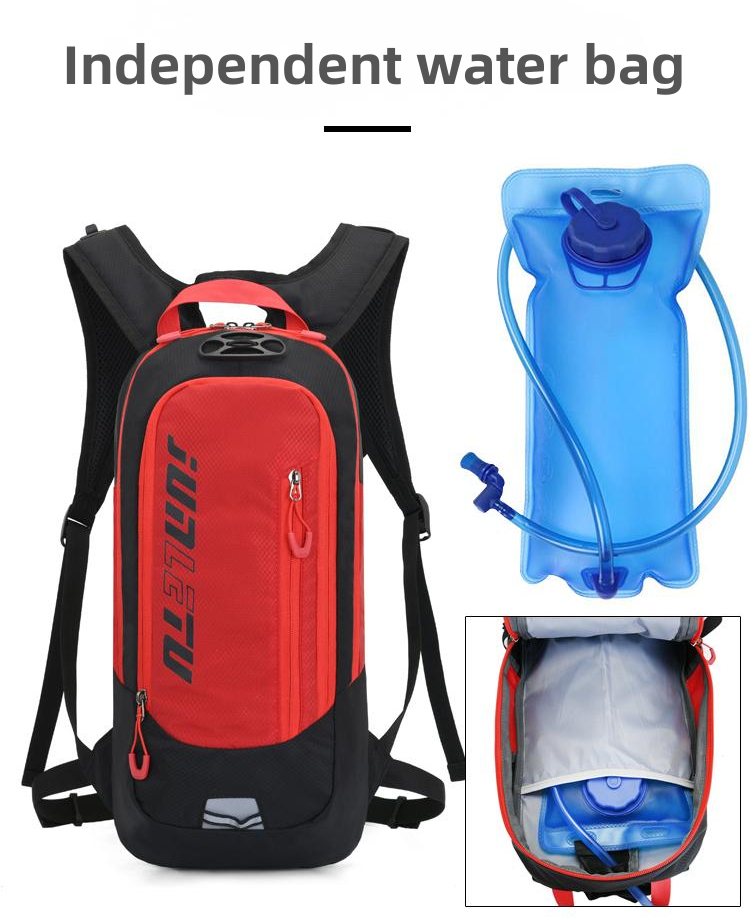
4. Climbing or Mountaineering
Suitability: ★★★☆☆
Why It Works: Climbing calls for lightweight, agile gear. A hydration pack offers easy water access but can add bulk.
Best For: Short climbs or trips with resupply points.
Tips: Opt for an ultralight pack with a 1-2L capacity.
5. Camping
Suitability: ★★☆☆☆
Why It Works: Camping is mostly stationary, so a hydration pack’s on-the-go benefits don’t fully shine—water bottles or jugs often work better.
Best For: Hike-in camping trips.
Tips: Not the most cost-effective for static use.
Suitability Comparison Table
| Activity | Rating | Pros | Cons | Recommended Capacity |
|---|---|---|---|---|
| Hiking | ★★★★★ | Hands-free, easy hydration | Requires regular cleaning | 2-3L (68-100 oz) |
| Trail Running | ★★★★★ | Lightweight, fast access | Can bounce if not fitted | 1-2L (34-68 oz) |
| Cycling | ★★★★☆ | Safe sipping, less hassle | Back sweat buildup | 1.5-2L (50-68 oz) |
| Climbing/Mountaineering | ★★★☆☆ | Portable water | Adds weight, limits mobility | 1L (34 oz) |
| Camping | ★★☆☆☆ | Carries small water load | Less practical than jugs | Depends on trip |
Pros and Cons of Hydration Packs
Pros
Instant Hydration: Sip without stopping or unpacking.
Hands-Free: Boosts safety and efficiency outdoors.
Flexible Capacity: Reservoirs range from 1-3L, with storage options.
Ergonomic Fit: Designed to hug your back comfortably.

Cons
Cleaning Hassle: Reservoirs can grow bacteria if not maintained.
Leak Risk: Poor seals or damaged hoses can spill.
Weight: Full reservoirs concentrate load on your back.
Cost: Quality packs cost more than basic bottles.
How to Choose the Right Hydration Pack
Picking a hydration pack can feel overwhelming with all the options out there. Here’s a straightforward guide:
1. Match Capacity to Your Activity
Short outings (1-3 hours): 1L (34 oz) is plenty.
Medium trips (3-8 hours): 2L (68 oz) hits the sweet spot.
All-day or multi-day: 3L (100 oz) plus storage.
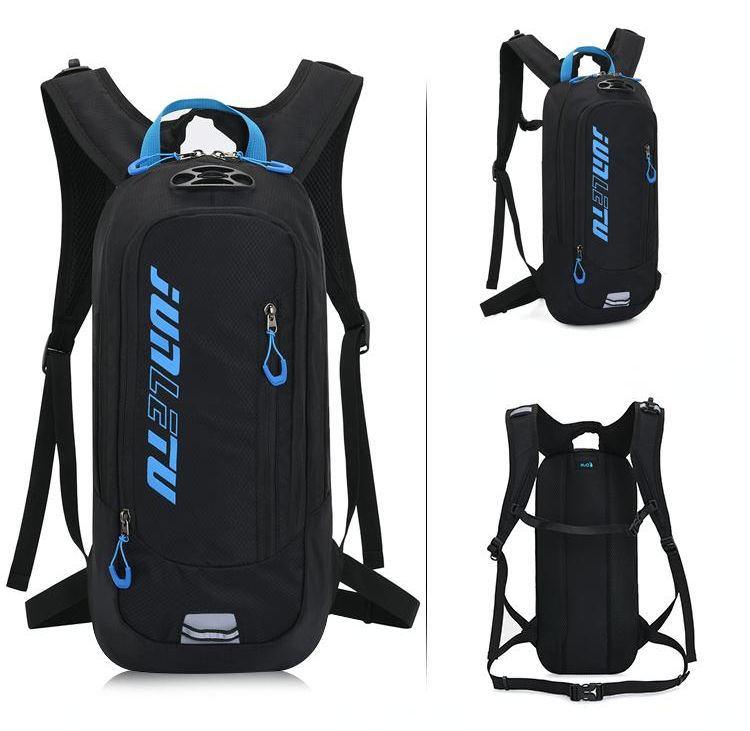
2. Check the Fit
Look for breathable mesh straps and back panels to cut down on sweat.
Chest and waist straps keep it stable—no bouncing.
3. Reservoir Quality
Go for tasteless, non-toxic TPU material (common in top brands).
Ensure the mouthpiece has a bite valve to prevent leaks.
4. Top Brands to Consider
| Brand | Highlights | Recommended Model | Price Range (USD) |
|---|---|---|---|
| CamelBak | Industry pioneer, durable | Lobo / Crux | $70-$110 |
| Osprey | Comfy fit, big storage | Skarab 18 | $85-$140 |
| Salomon | Ultralight, running-focused | Agile 6 | $55-$100 |
| REI Co-op | Affordable, beginner-friendly | Trail Hydro 20L | $40-$80 |
5. Extra Features
Water Resistance: Check for splash-proof outer fabric.
Pockets: Small slots for phone or keys are a plus.
Easy Cleaning: Reservoirs should open wide for scrubbing.
Tips for Using and Maintaining Your Hydration Pack
Usage Tips
Pre-Fill Check: Inspect the reservoir and hose for cracks.
Don’t Overfill: Leave some room to avoid strain.
Keep It Cool: Freeze the reservoir overnight for chilled water in summer.
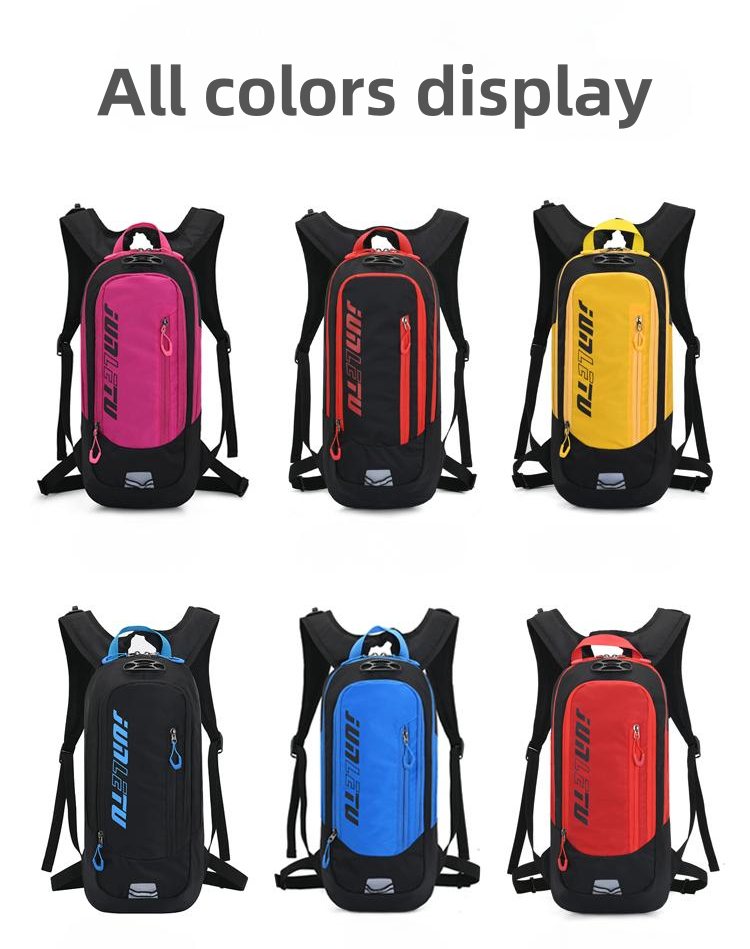
Cleaning Tips
Wash the reservoir with warm water and baking soda; use a brush for the hose.
Dry it completely to prevent mold—hang it upside down.
Store in the freezer when not in use to keep it fresh.
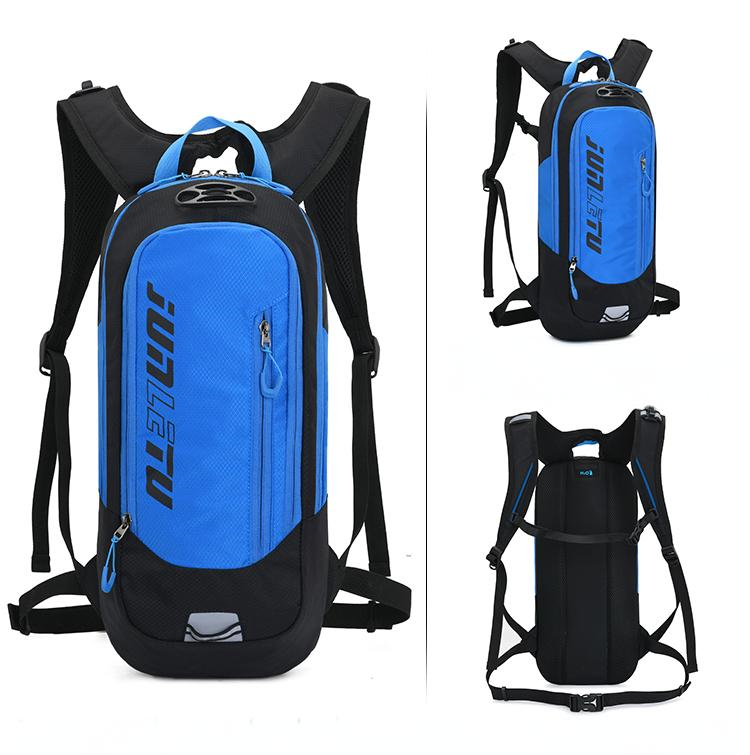
Real User Experiences
Here’s what some outdoor enthusiasts have to say:
Hiker: “I used the CamelBak Lobo with a 3L reservoir for a 9-mile hike—super convenient, though my back got sweaty.”
Trail Runner: “Salomon’s Agile 6 fits like a glove for runs, but cleaning the bladder is a chore.”
Cyclist: “Osprey’s pack held up for a 60-mile ride—tons of storage and the hose setup is spot-on.”
Wrap-Up
A hydration pack is a game-changer for dynamic outdoor activities like hiking, trail running, and cycling, where staying hydrated on the move is key. It frees up your hands and keeps water flowing, though it comes with trade-offs like cleaning effort and added weight. When shopping, factor in your activity type, trip length, and budget to find the perfect match.
New to the outdoors? Start with an affordable option. Seasoned pro? Splurge on a high-end model for top performance. Either way, a hydration pack can level up your next adventure!
FAQ
Q1: How’s a hydration pack different from a regular backpack?
A: It has a built-in water system for sipping on the go; regular packs focus on storage without hydration features.
Q2: Can water in a hydration pack go bad?
A: Yes, if not cleaned regularly—bacteria can grow. Wash and dry it after every use.
Q3: Will it bounce around while running?
A: Not if you pick a snug design with chest and waist straps.
Q4: Is a hydration pack good for daily use?
A: It’s overkill for commuting—best for outdoor sports.
Q5: How do I spot a quality hydration pack?
A: Check for TPU material, a solid bite valve, and a trusted brand.